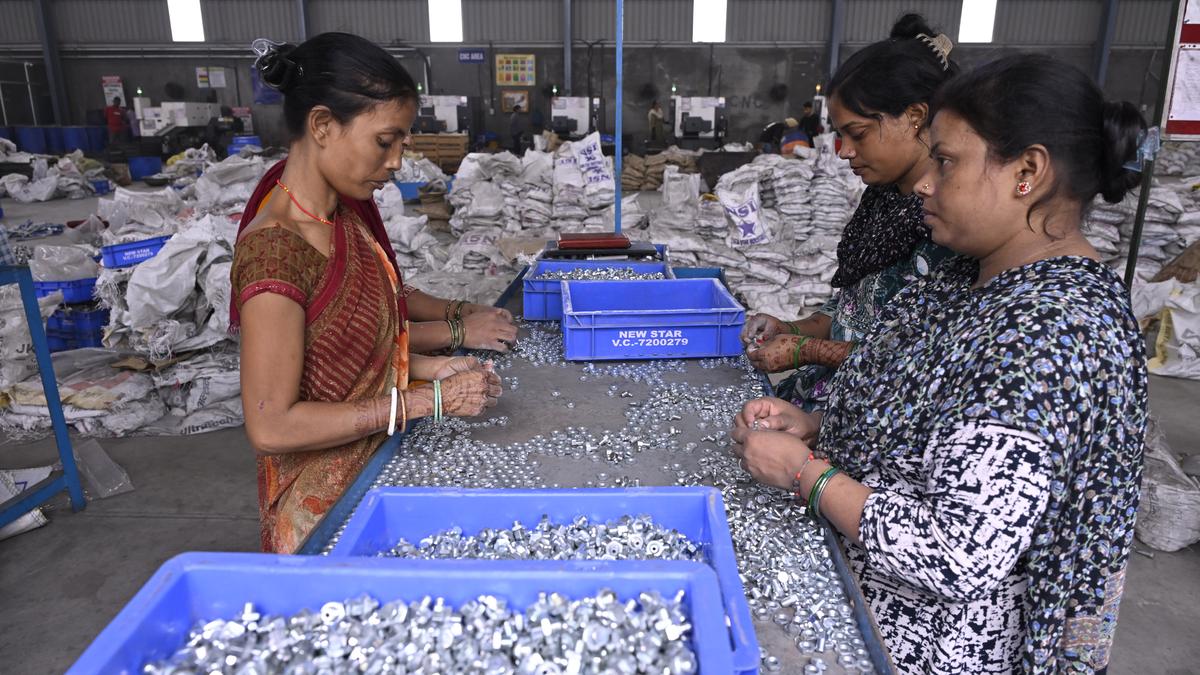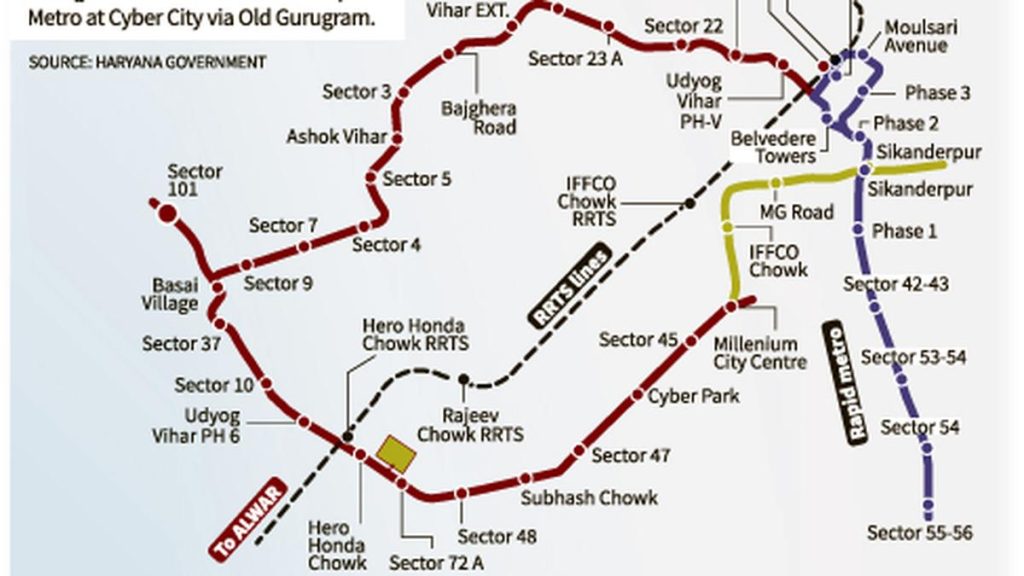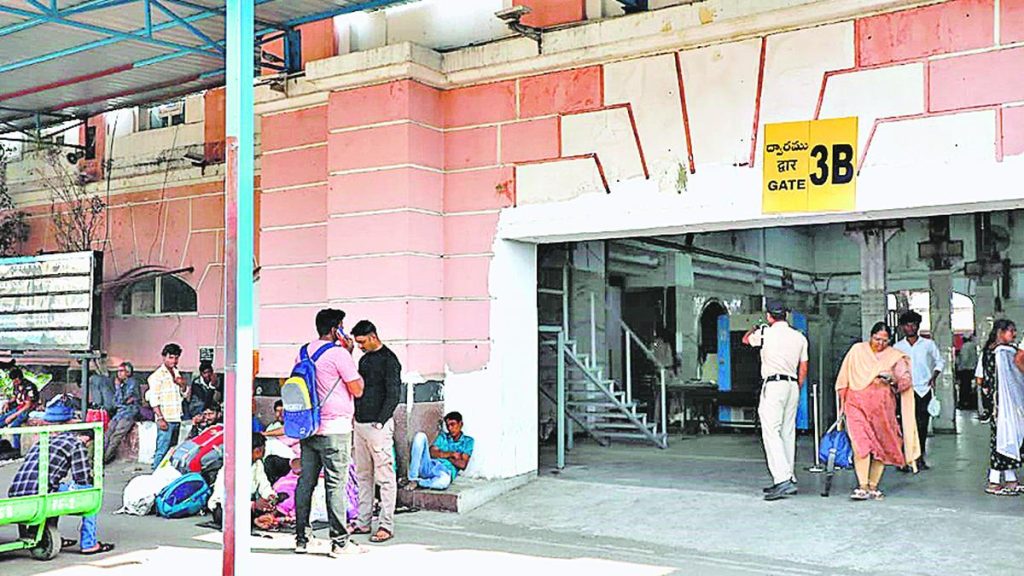Now Reading: Turmoil in Ludhiana: Unpacking the Crisis
-
01
Turmoil in Ludhiana: Unpacking the Crisis
Turmoil in Ludhiana: Unpacking the Crisis

Quick Summary
- 50% U.S. Tariffs Impacting MSMEs: The U.S. imposed a 50% tariff on Indian goods in early August 2025 due to India’s purchase of Russian oil, severely affecting exports from Punjab’s manufacturing sector.
- Ludhiana Factories Struggling: Sri Tools Industries in Ludhiana reported a 30-35% production drop, with night shifts stopped and threats of layoffs looming as American buyers reduced import orders.
- Punjab’s Exports Affected: MSMEs in Punjab contribute ₹30,000 crore to the ₹7.5 lakh crore Indian exports to the U.S., notably garments (₹8,000 crore), hand tools (₹4,000 crore), fasteners (₹2,000 crore), and textiles.
- Sector-Wide Challenges Reported:
– Hand tools industry hit as U.S. buyers demand industry bear tariffs; European markets also slow.
– Textile exports from Ludhiana dropped drastically; Rishi Kapoor of Kapoor Cotsyn Exports reported production falling from four lakh pieces/month to eighty thousand pieces/month.
– Stock surpluses are rising in textile raw materials like cotton yarn due to lack of demand.
- Agriculture Also Hit: Basmati rice exports worth ₹3,500 crore face pricing disadvantages compared to competitors like China and Vietnam under new tariffs.
- Broader Fallout Predicted: Experts warn that layoffs coudl disrupt local services industries leading to demographic shifts across regions dependent on manufacturing jobs.
Indian Opinion Analysis
The imposition of high tariffs by the U.S. has dented prospects for micro, small, and medium enterprises (MSMEs) reliant on American markets. Punjab’s economy is considerably vulnerable as its MSME sector forms a backbone employing over 11 lakh people while contributing extensively across industries such as textiles and engineering goods.
The immediate concern is job losses cascading into wider disruptions for local services connected with these industries-indicative both economically and socially-of how external policy changes can ripple through domestic structures swiftly when dependencies are large-scale.
At this juncture, proactive measures are essential at multiple levels:
- Diversification efforts should focus regionally within India alongside explorations into African or European alternatives over time since building pipelines/matching product interest takes extended transition cycles logically!
2 ‘Mini’ schemes-mirroring PLI-like targeted relief asked trade bodies reflects key adaptive momentum balancing exporters thrust govt-opens dialogue-facing issue logical means pathways Verscoming respective enough holding readappeal workers/buyers
visit Read more source
























